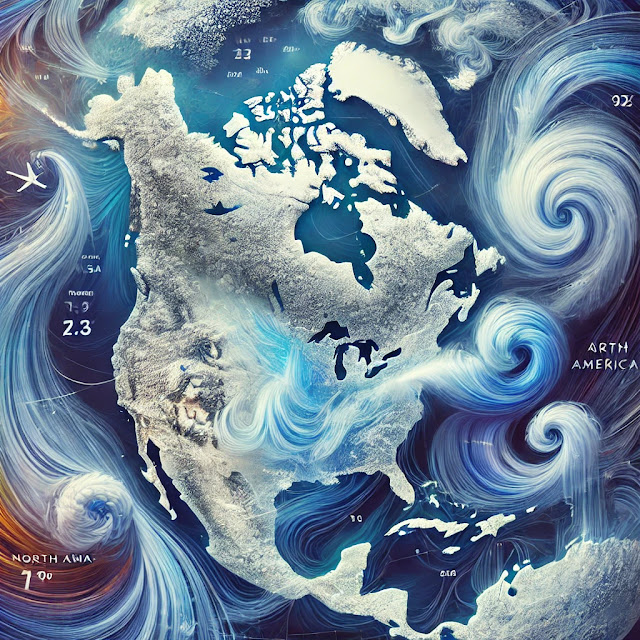Extreme Cold Warning in the United States: The Science Behind the Deep Freeze

This blog focuses on the articles based on science and technology. By reading this articles you would definitely develop interest in science. This articles would be only for educational purposes and would help you in knowing new tech things also with your studies , if you are science student.

The research wasn’t published until Monday in Nature Astronomy, but word of the news quickly spread through the field during the previous week after the embargoed paper was distributed to journalists.
The discovery puts a spotlight on the prospect of life in the venusian clouds, which was once considered a fringe idea. In addition to igniting much debate, the detection of unexplained phosphine in the clouds of Venus has already spurred more research and unofficial proposals about how future Venus missions could hunt for more signs of alien life.
Venus, the second world from the sun, has long been considered Earth’s twin. It’s about the same size as our home planet, with similar gravity and composition. For centuries, hopeful humans thought its surface might be covered in oceans, lush vegetation, and verdant ecosystems, providing a second oasis for life in the solar system.
Then reality intruded.
Early science observations of the planet next door revealed that it is a menace of a world that could kill Earthlings in multiple ways. Its surface can reach sweltering 900 degrees Fahrenheit. . Tucked beneath as many as 65 miles of cloud and haze, those roasted rocks are smothered by a bone-crushing amount of pressure, more than 90 times what’s felt on Earth’s surface. Plus, the planet’s atmosphere is primarily suffocating carbon dioxide populated by sulfuric acid clouds.
Even so, scientists have considered the possibility that life might exist in the Venusian cloud deck for nearly 60 years, perhaps thriving where conditions are a bit friendlier.
When Earth microbes produce phosphine, they do it via an anaerobic process, which means it happens where no oxygen is present. It has been observed in places such as activated sludge and sewage treatment plants, but the exact collection of microbes and processes is not well understood.
Biologists will also be trying to work out whether the microbes on Earth that produce phosphine could conceivably do it under the harsh Venusian conditions. If there is some biological process producing phosphine on Venus, it may be a form of “life” very different from what we know on Earth.
Searches for life beyond Earth have often skipped over Venus, because its surface temperature is around 500℃ and the atmospheric pressure is almost 100 times greater than on Earth. Conditions are more hospitable for life as we know it about 50 kilometers off the ground, although there are still vast clouds of sulphuric acid to deal with.
Comments
Post a Comment